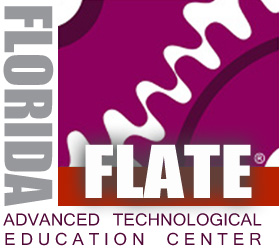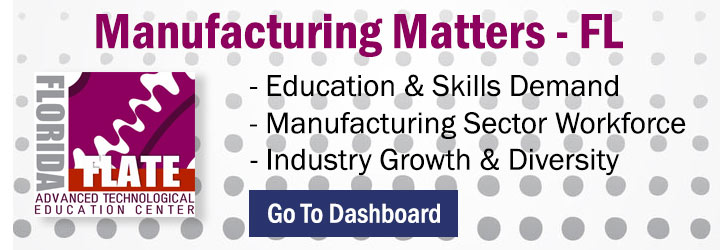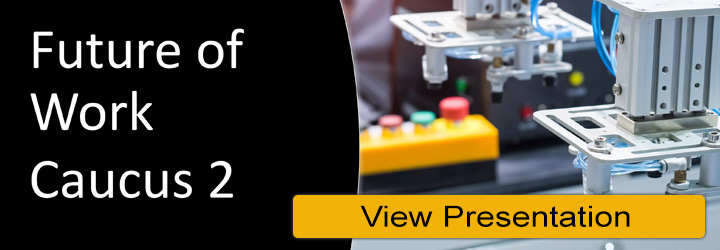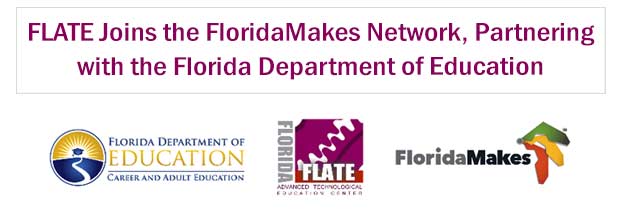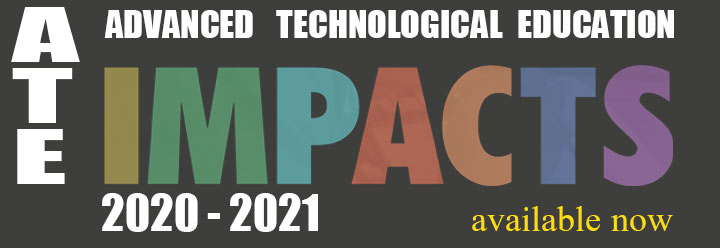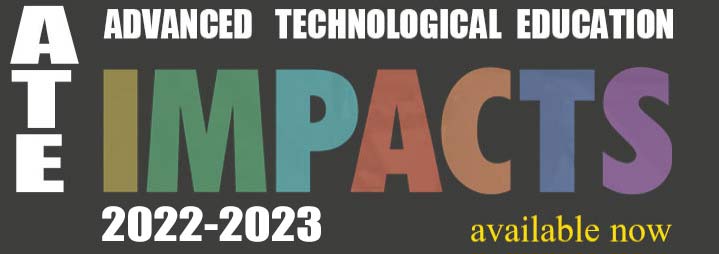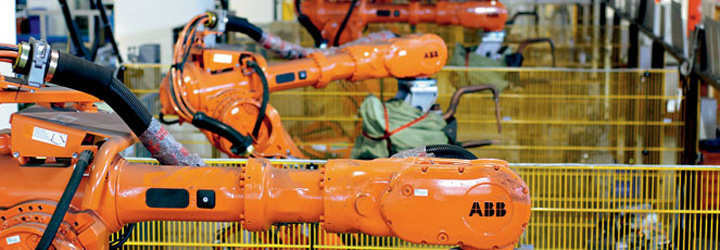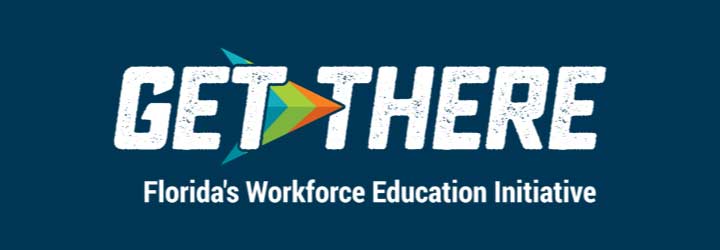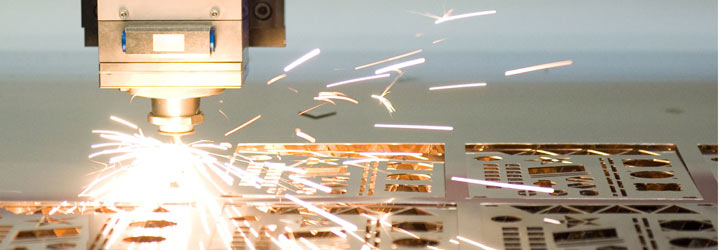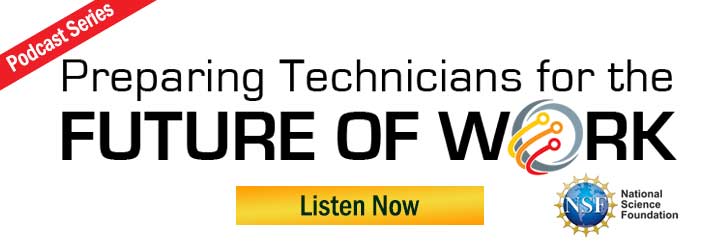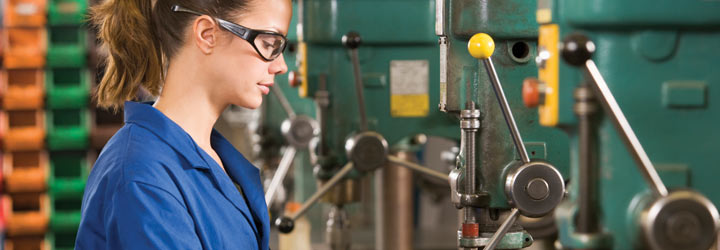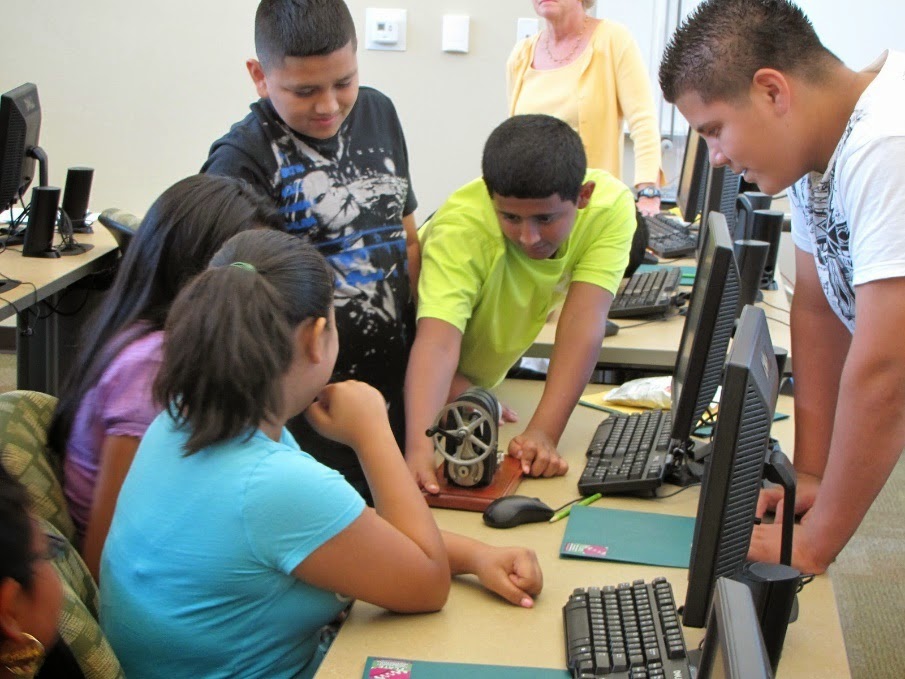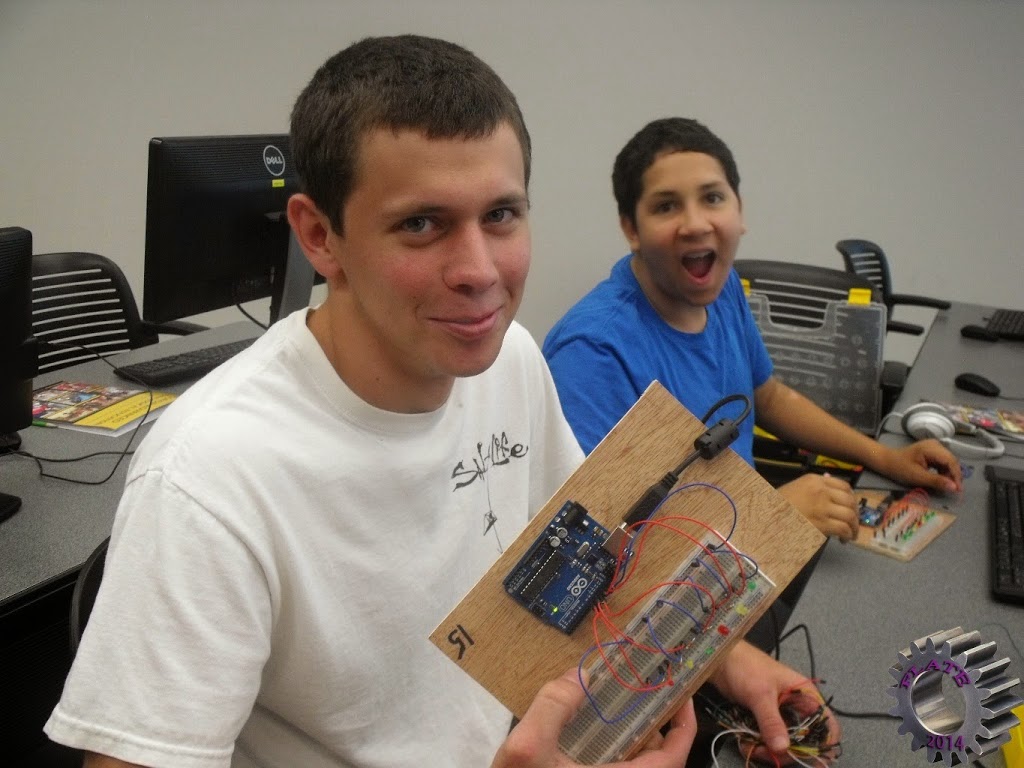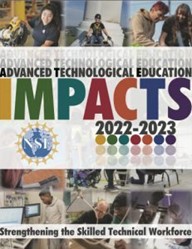the costs of printers down so that they are fairly reasonable for most school districts and even families. The software needed to make 3D models is accessible to students free of charge. Students can download 3D CAD software from Autodesk for free while younger students may use Autodesk’s Tinkercad software online. The one crucial ingredient needed to really make 3D printing ubiquitous in schools is curriculum and curriculum integration. Robotics had a huge increase in momentum when educational institutions such as Carnegie Mellon, Tufts, and Sinclair Community College developed and disseminated curriculum, resources, and challenges that formal and informal educators could use inside and outside the classroom. These curricula include alignment to academic standards so teachers can integrate into their existing curriculum. Many teachers need professional development, but after a few targeted sessions together with good curriculum, they are on their way. Across the country students began using robots to design, build and program robots of all types and learning, and reinforcing science, technology, engineering and math principles at the same time.
students with 3D printing, standardized curriculum and integration models are needed. 3D modeling can help students understand some advanced math concepts in geometry, algebra and trigonometry. Science students can discover the differences in materials used for manufacturing. 3D printing, like robotics, can help students develop teamwork skills, improved problem-solving skills and expose students to the engineering design process. Structured lessons for all secondary levels and educator professional development will provide the support that education needs to use 3D printing as another powerful tool to engage students in relevancy of STEM in their everyday lives and provide the opportunities for them to explore and consider STEM career paths.
Each summer, FLATE offers a high school camp in which students use SolidWorks to design objects based on given design specifications. In 2015, campers will incorporate microprocessors and 3D printers for their camp projects. 3D printers will be added to a growing list of 21stcentury technologies that must be used to help engage students in STEM and keep our nation globally competitive and the number one innovative nation in the world. For more information about additive manufacturing contact Dr. Marilyn Barger at barger@fl-ate.org. For information about FLATE summer camps contact Desh Bagley at bagley@fl-ate.org, or visit https://madeinflorida.org/camps-workshops.
Terms of Use | Privacy Statement
Copyright © 2024 All Rights Reserved
